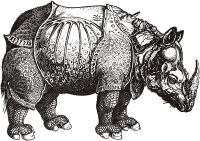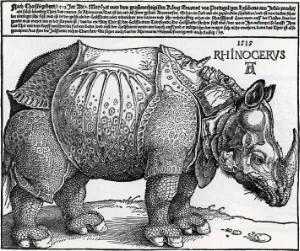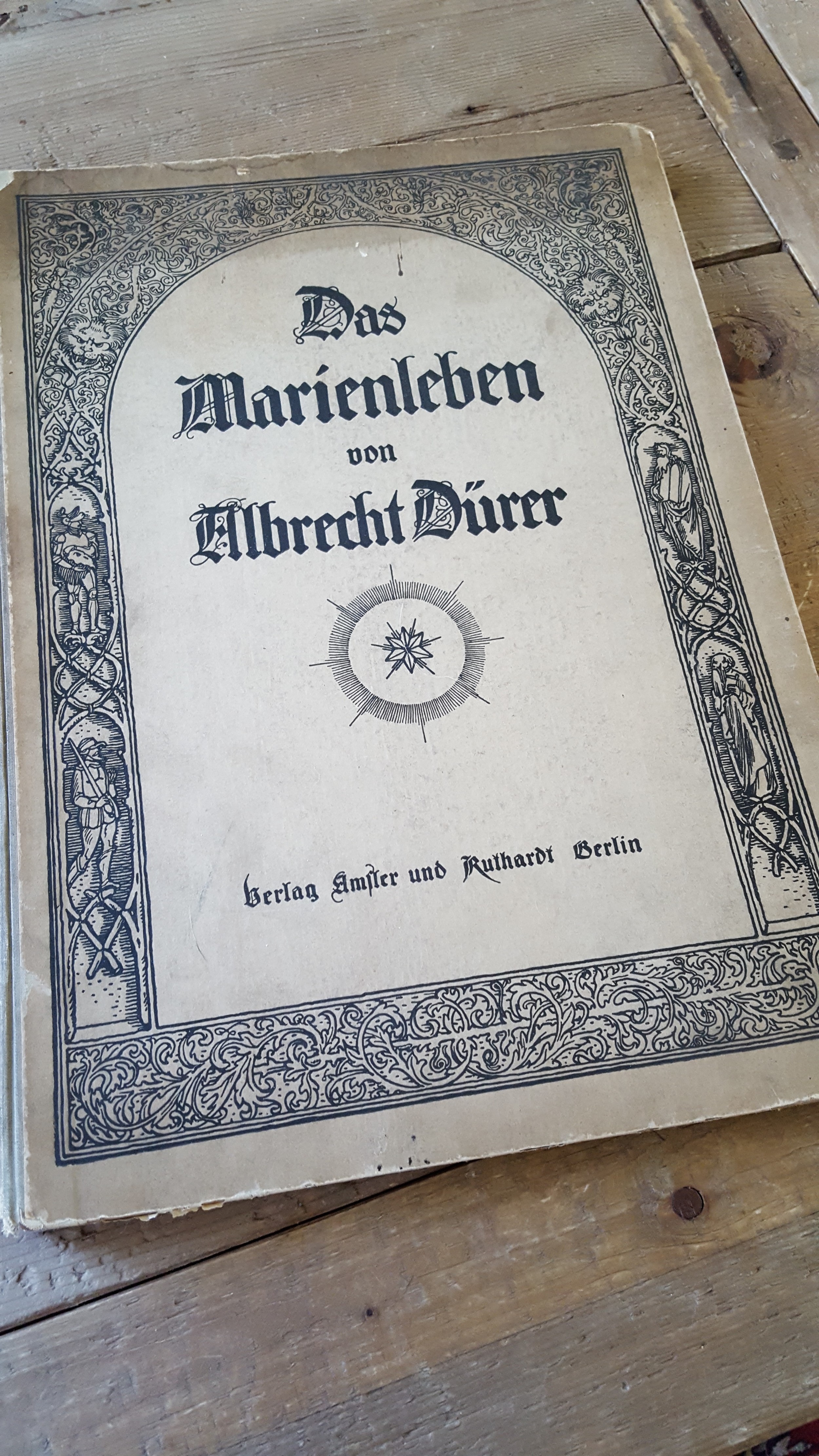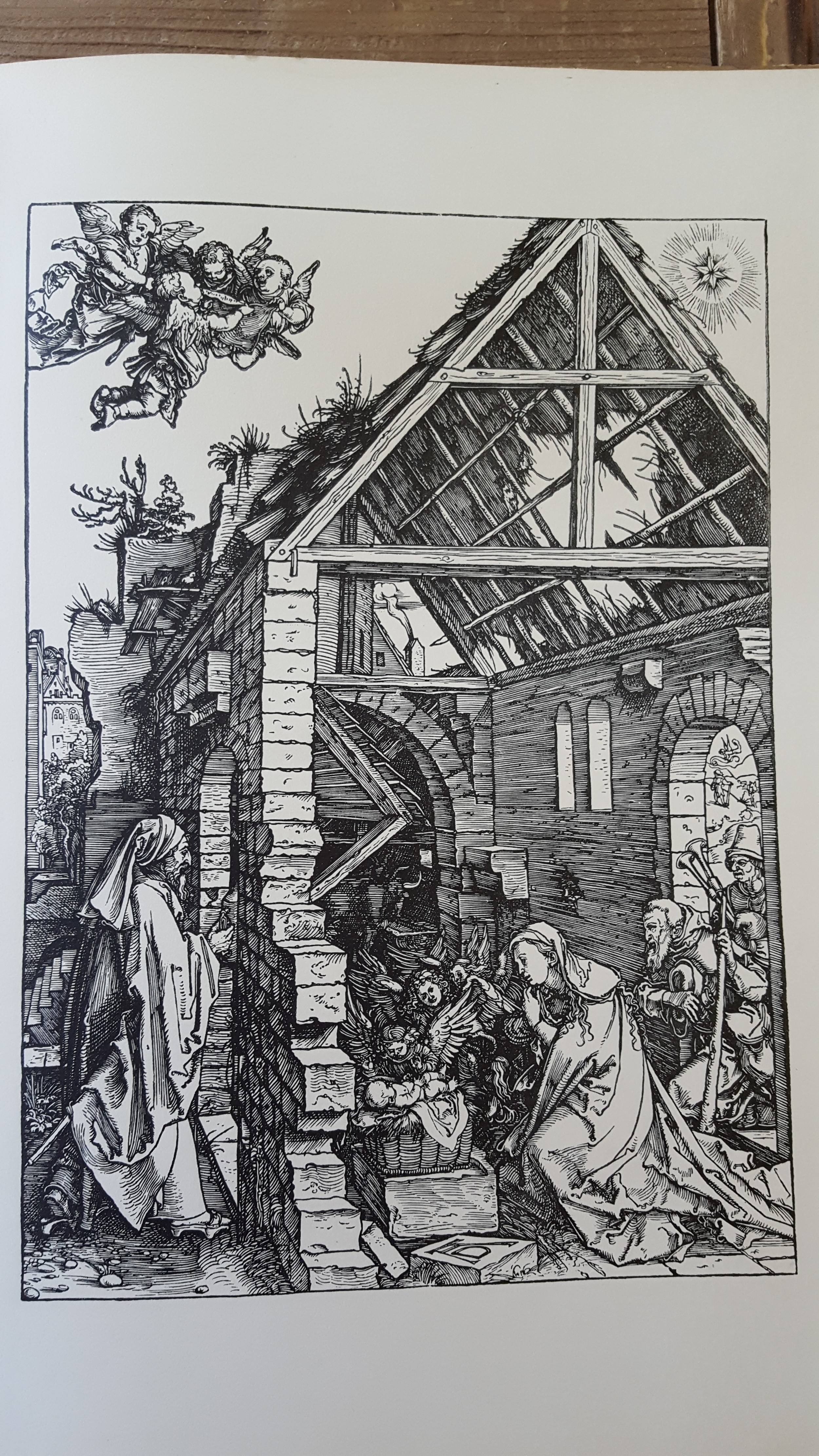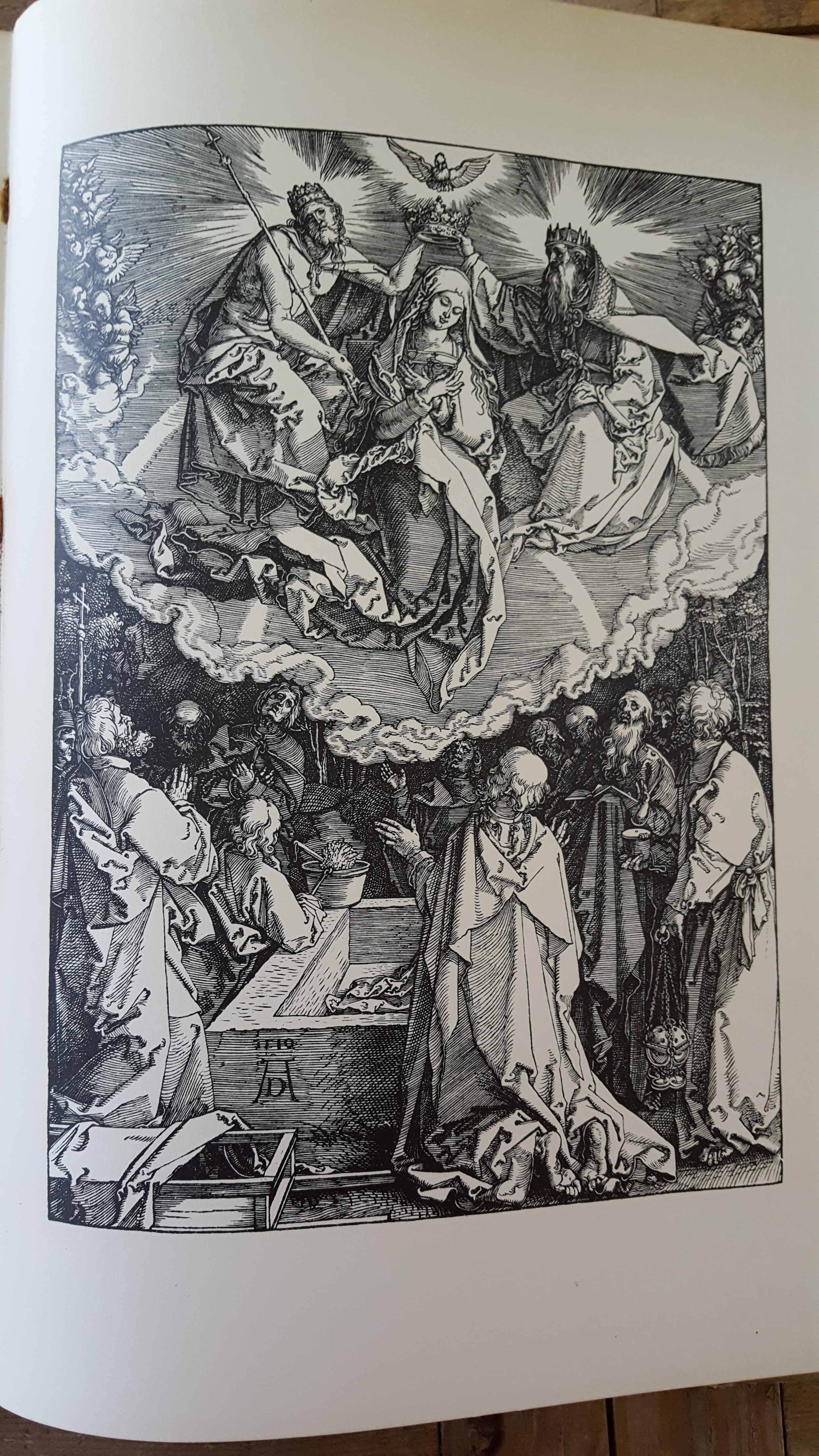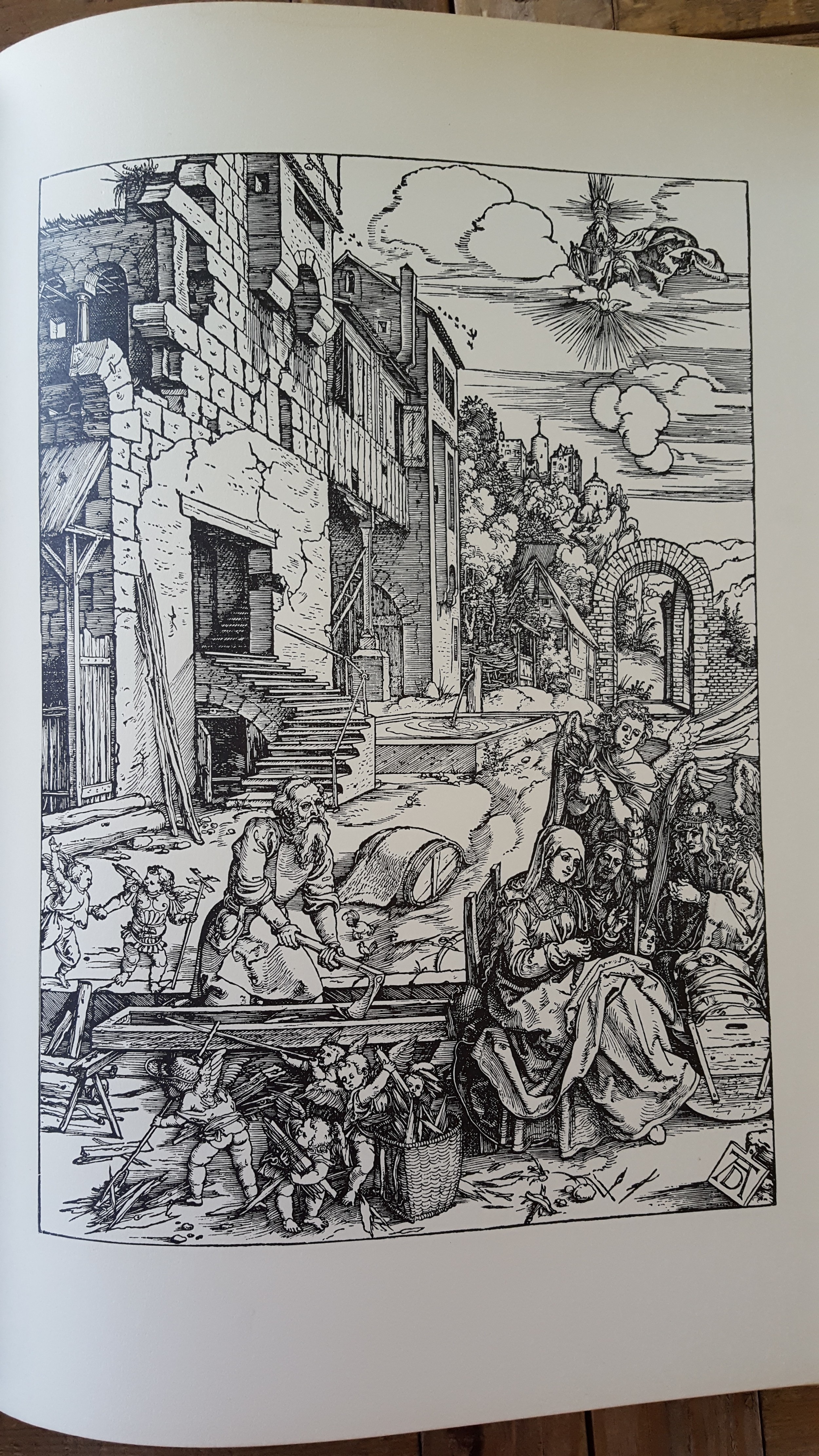MY RHINOCEROS STORY
If you ever took an art history class, you may recall the story of Albrecht Dürer's rhinoceros. Since first reading the background of how this etching came into existence, I was always struck by how interesting this story was, because it had an unlikely start. I say that because the events surrounding how Dürer's rhino came into existence, which began in 1515, were pieced together from various third-party sources and so it doesn't have the most traditional origin story. Given that first-hand distance, there has inevitably been room for historical imagination (a real term), in the retelling of this story over the years. Although I wouldn't realize just how much this etching would impact me after first learning about it, Dürer's rhinoceros became the lens through which I would perceive, process and create stories going forward.
Since its probably been a while since you last read an account of this piece, the story goes as follows: Albrecht Dürer, having never actually seen a rhinoceros himself (nor would he ever first-hand), was given a description of the animal. This description arrived to him in the form of journal entries, and contained various notes about the creature. These observations had been documented by an unknown artist of the time, who claimed to have seen an Indian Rhinoceros arrive in Lisbon's port. Based only on these notes, Dürer created the iconic etching we know today.
His engraving depicts an animal covered with intricate body armor and steel-like rivets. The rhino shows a small twisted horn on its back, with scaly legs and saw-like hind quarters. Although anatomically inaccurate, Dürer's woodcut was copied widely for more than two hundred years after its production, and has since been characterized as one of the most influential animal pictures of all-time. What struck me most perhaps, was that Dürer had demonstrated the ability to take the seed of an idea, and bring it to life. He turned a rough concept into something that had real form, weight and life to it. He accomplished this using techniques of interpretation, art and reason.
Often times when I am working with a client, I receive a rough idea or concept of what they are looking for. Its then my job to help bring that idea to life, just as Dürer did. I listen first, gather notes, information, details etc., and then piece together a go-to market strategy which involves branding, design, marketing, communications, etc. Once the proper framework has been established, I offer ongoing additional backing (earned and paid support) to give that solid foundation strength, strategy and character that resonates. My goal is to turn your great ideas, into recognizable, sustainable, strong brands that can become category leaders.
NOTE: At the top of this page, is the image of a painting that I did when I was four years old. I was recently going through my childhood relics, at my parent's loft, and found this piece which sort of looks like a pig, but I like to imagine that it was the rhino coming to me - even then. Also, I was recently cleaning out a storage unit that my father had, and found this incredible book titled "Das Marienleben von Albrecht Durer." While I haven't been able to find out the origins of this book yet, its clear that the volume is very old. The cover and pages have that great patina books get when they have gone undiscovered for decades. Below I have provided a few images of the cover and images found within:
